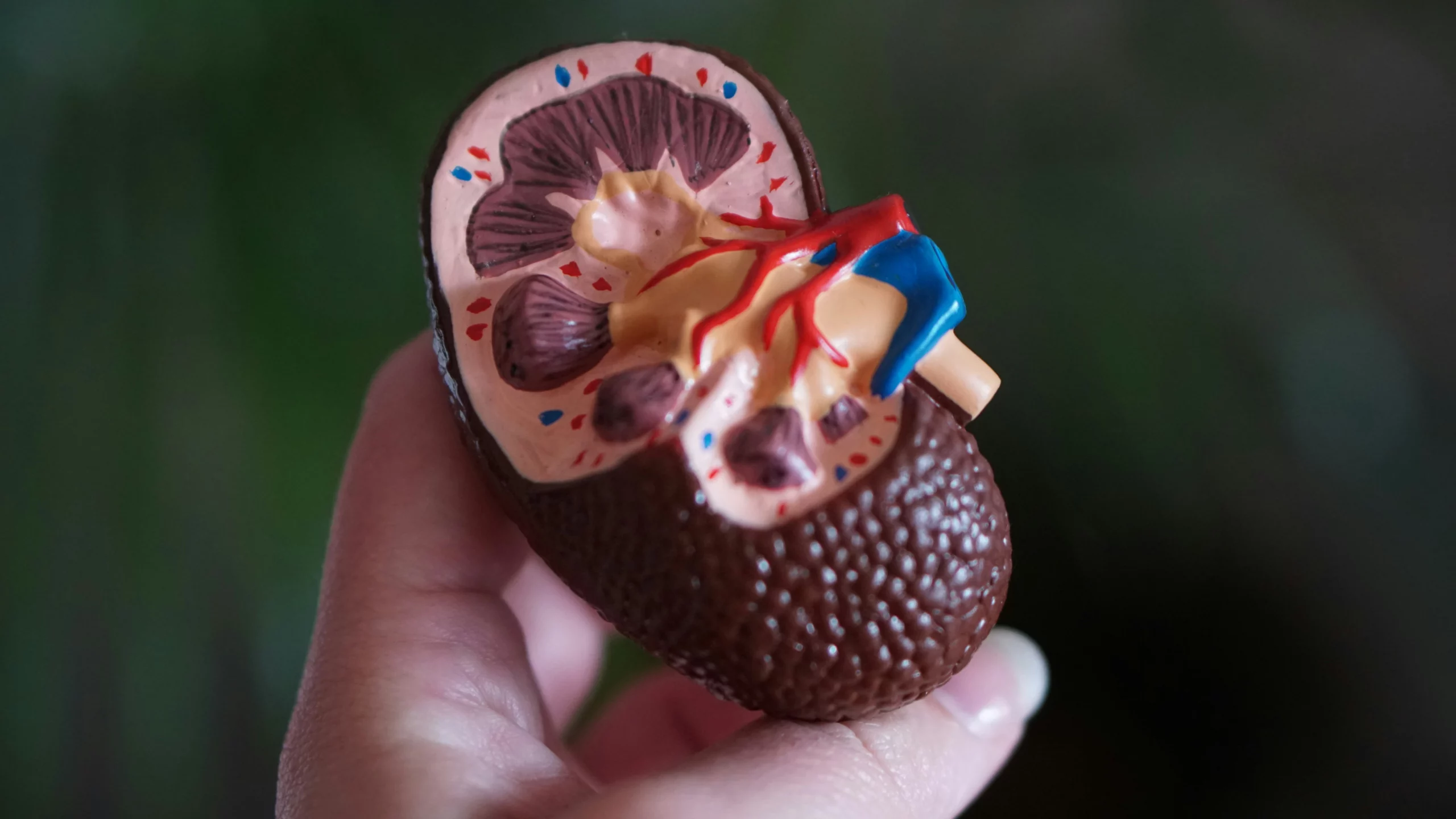Mark-up policies outline the maximum amount a pharmacy can add to the cost of a drug or ingredient, above the original cost. However, the pharmacy mark-up policy landscape in Canada varies widely.
New Brunswick enforces a simple 8% mark-up across all drugs. Provinces like Alberta, British Columbia, Ontario, Prince Edward Island, and Nova Scotia utilize tiered mark-up structures, where the allowable pharmacy mark-up decreases as the drug’s cost increases. Saskatchewan uses a sliding scale. Finally, Manitoba and Quebec stand out for their lack of a formalized pharmacy mark-up policy.
Table of Contents:
- Alberta
- British Columbia
- Manitoba
- New Brunswick
- Newfoundland
- Nova Scotia
- Ontario
- Prince Edward Island
- Quebec
- Saskatchewan
Alberta
Alberta‘s pharmacy mark-up policy is designed to strike a balance between fair pricing for consumers and the financial viability of pharmacies. The policy uses a two-tiered structure to regulate the cost of prescription medications. The first tier imposes a 3% mark-up on the manufacturer’s list price of a drug. This initial mark-up is straightforward, ensuring a modest increase that contributes to the operating costs of pharmacies.
The second tier adds a further 7% mark-up, but this is calculated on the combined total of the manufacturer’s list price and the first mark-up. This approach introduces a cumulative effect, slightly increasing the overall cost to the consumer. However, the policy also incorporates a safeguard by capping this second mark-up at $100.
British Columbia
British Columbia‘s pharmacy mark-up policy sets a maximum allowable mark-up of 8% for most prescription drugs, providing pharmacies with a guideline that allows for flexibility in pricing while preventing excessive charges.
For medications priced based on actual acquisition costs—a method used to ensure that the price reflects what the pharmacy actually paid—the policy sets a slightly lower mark-up cap of 7%. This adjustment helps to maintain fair pricing while allowing pharmacies to cover their operational expenses.
The policy also takes into account the challenges faced by patients who require high-cost medications. For drugs with an expected daily cost of $40 or more, the maximum allowable mark-up is reduced to 5%, making these expensive treatments more accessible. Hepatitis C drugs covered by PharmaCare are subject to a minimal 2% mark-up. For rare disease treatments, the policy eliminates the mark-up entirely, recognizing the financial burden these specialized medications can place on patients.
Manitoba
Manitoba‘s approach to pharmacy pricing is distinct in that the province does not have a formalized pharmacy mark-up policy. This absence of specific regulation gives pharmacies more discretion in setting the prices of prescription drugs.
Without a standardized mark-up policy, pharmacies in Manitoba can adjust prices based on their individual cost structures, market conditions, and competitive pressures. This flexibility can be beneficial in a dynamic market, allowing pharmacies to respond quickly to changes in supply costs or consumer demand.
New Brunswick
New Brunswick’s pharmacy mark-up policy provides a clear and standardized framework for pricing prescription drugs. The policy allows pharmacies to apply a mark-up of up to 8% on drugs listed on both the maximum allowable price list and the manufacturer’s list price list. This approach ensures consistency in pricing across the province, as pharmacies adhere to a defined range for drug mark-ups.
By setting a standardized mark-up rate, New Brunswick aims to prevent significant price variations for the same medication, regardless of where it is purchased within the province. This policy helps to ensure that consumers have access to reasonably priced medications, while pharmacies are able to cover their operational costs.
Newfoundland and Labrador
Newfoundland and Labrador’s pharmacy mark-up policy is distinct in its strict regulation, particularly concerning the Newfoundland and Labrador Prescription Drug Program (NLPDP). Under this program, pharmacies are prohibited from applying any surcharge to the cost of prescriptions.
This policy ensures that patients covered by the NLPDP are charged the exact cost of their medications without additional mark-ups, thereby promoting affordability and access to essential drugs.
Nova Scotia
Nova Scotia‘s pharmacy mark-up policy is structured with specific guidelines that vary depending on the cost of the drug and the type of product.
For most medications, if the ingredient cost is $3,000 or less, pharmacies are allowed to charge the manufacturer’s list price plus a 10% mark-up, in addition to the maximum Pharmacare dispensing fee of $12.39. If the ingredient cost exceeds $3,000, the mark-up is reduced to 8%, capped at $325 per claim, with the same dispensing fee applied.
For ostomy supplies, the mark-up is based on the actual acquisition cost plus 10%, with a maximum of $50 per prescription, along with the standard Pharmacare dispensing fee.
Compounded extemporaneous products, except for methadone and injectables, have a much lower mark-up of 2%, capped at $50 per prescription.
Methadone, used in addiction treatment, is priced with a 10% mark-up on the manufacturer’s list price or Pharmacare reimbursement price, plus the standard dispensing fee.
Ontario
Ontario’s pharmacy mark-up policy is structured to regulate the pricing of prescription drugs based on the total cost of the medication. For prescriptions with a total drug cost of less than $1,000, pharmacies are permitted to apply a mark-up of 8%.
For high-cost drugs, where the total drug cost is $1,000 or more, the policy reduces the allowable mark-up to 6%.
Prince Edward Island
Prince Edward Island’s pharmacy mark-up policy is designed to manage the cost of prescription drugs through a tiered system based on the type of medication and its total cost.
For brand-name drugs with a prescription cost of $2,702 or less, pharmacies are allowed to apply a 10% mark-up on the ingredient cost, with a maximum cap of $250 per prescription.
For more expensive brand-name drugs, where the prescription cost exceeds $2,702, the allowable mark-up is slightly reduced to 9.25%.
Additionally, for drugs listed on a maximum reimbursable price list, the policy imposes an even lower mark-up cap of 6%. This provision ensures that medications often subject to provincial reimbursement schemes remain as affordable as possible for consumers.
Quebec
Quebec‘s approach to pharmacy pricing differs from many other provinces in Canada as it does not have a formal pharmacy mark-up policy.
Instead, the province allows pharmacies to set their prices with a general guideline that includes a maximum mark-up of 6.5% on the guaranteed selling price.
For certain expensive drugs, this mark-up is capped at $49 under specific terms and conditions.
Saskatchewan
Saskatchewan‘s pharmacy mark-up policy is characterized by a tiered structure that adjusts the allowable mark-up based on the cost of the drug.
For medications with a cost between $0.01 and $6.30, pharmacies are allowed a mark-up of 30%, providing a higher margin on lower-cost items. As the drug cost increases, the mark-up percentage decreases, with a 15% mark-up allowed for drugs costing between $6.31 and $15.80, and a 10% mark-up for those priced between $15.81 and $200.00. For drugs exceeding $200.01, the mark-up is capped at a maximum of $20.
In addition to this general policy, specific provisions apply to certain types of products. For example, urine testing supplies can be marked up by 50% in place of the standard dispensing fee, reflecting the unique nature of these items. Diabetic products, such as insulin, are subject to a negotiated mark-up, while products under the insulin pump program are not allowed any mark-up at all, indicating a focus on keeping these essential supplies as affordable as possible.
The policy also addresses wholesale mark-ups, allowing a range of percentages depending on the product category. For example, insulin has a wholesale mark-up of 5%, generic drugs have a 6.5% mark-up, and most other drugs are marked up by 8.5%, with a cap of $50 per package size. These wholesale provisions help to regulate the cost of medications before they reach the consumer, further contributing to overall price control.
The above summary of provincial mark-up policies is based upon information from the Canadian Institute for Health Information as last updated on March 31, 2024.















